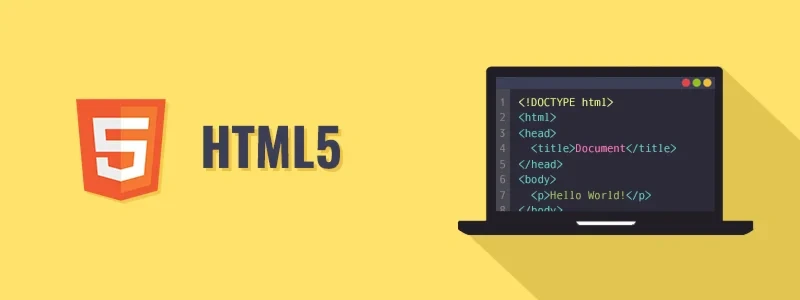
An brief introduction to HTML
A Brief Introduction to HTML
Whether you're building your first website or stepping into the world of web development, the first thing you need to learn is HTML. It’s the foundation of all websites — simple, readable, and powerful.
What is HTML?
HTML stands for HyperText Markup Language. It’s the standard language used to structure content on the web.
Unlike programming languages, HTML is a markup language — it describes what elements are on a page, not how they behave. Think of it as the skeleton of a web page.
Basic Structure of an HTML Document
Here’s a simple example of an HTML page:
<!DOCTYPE html>
<html>
<head>
<title>My First Web Page</title>
</head>
<body>
<h1>Hello, world!</h1>
<p>This is a paragraph.</p>
</body>
</html>
Breakdown:
-
<!DOCTYPE html>: Declares the document type. -
<html>: The root element. -
<head>: Metadata like title and links. -
<title>: Title shown on browser tab. -
<body>: Main content shown to users.
HTML Tags and Elements
HTML is made up of tags. Tags come in pairs: an opening tag and a closing tag.
Example:
<p>This is a paragraph.</p>
Some commonly used tags include:
| Tag | Purpose |
|---|---|
<h1> to <h6> |
Headings |
<p> |
Paragraph |
<a> |
Hyperlink |
<img> |
Image |
<ul>, <li> |
Lists |
<div> |
Container/Block element |
<span> |
Inline element |
Adding Media
You can add images like this:
<img src="image.jpg" alt="A sample image">
Or link to another page:
<a href="https://example.com">Visit Site</a>
Why HTML is Important
-
It’s universally used on every website.
-
It works with CSS and JavaScript to bring style and interactivity.
-
It’s beginner-friendly and easy to learn.
-
Understanding HTML is a must-have skill for anyone in web design, digital marketing, or UI/UX.
Best Practices
-
Always use semantic tags (like
<header>,<main>,<footer>) for better accessibility. -
Keep code clean and indented.
-
Use alt attributes in images for SEO and accessibility.
Final Thoughts
HTML might look simple — and it is — but it's the building block of the entire web. Once you're comfortable with HTML, you can move on to styling with CSS and scripting with JavaScript to build interactive and visually appealing websites.
Ready to build your first webpage? Start typing your first HTML document and bring your ideas to life!
